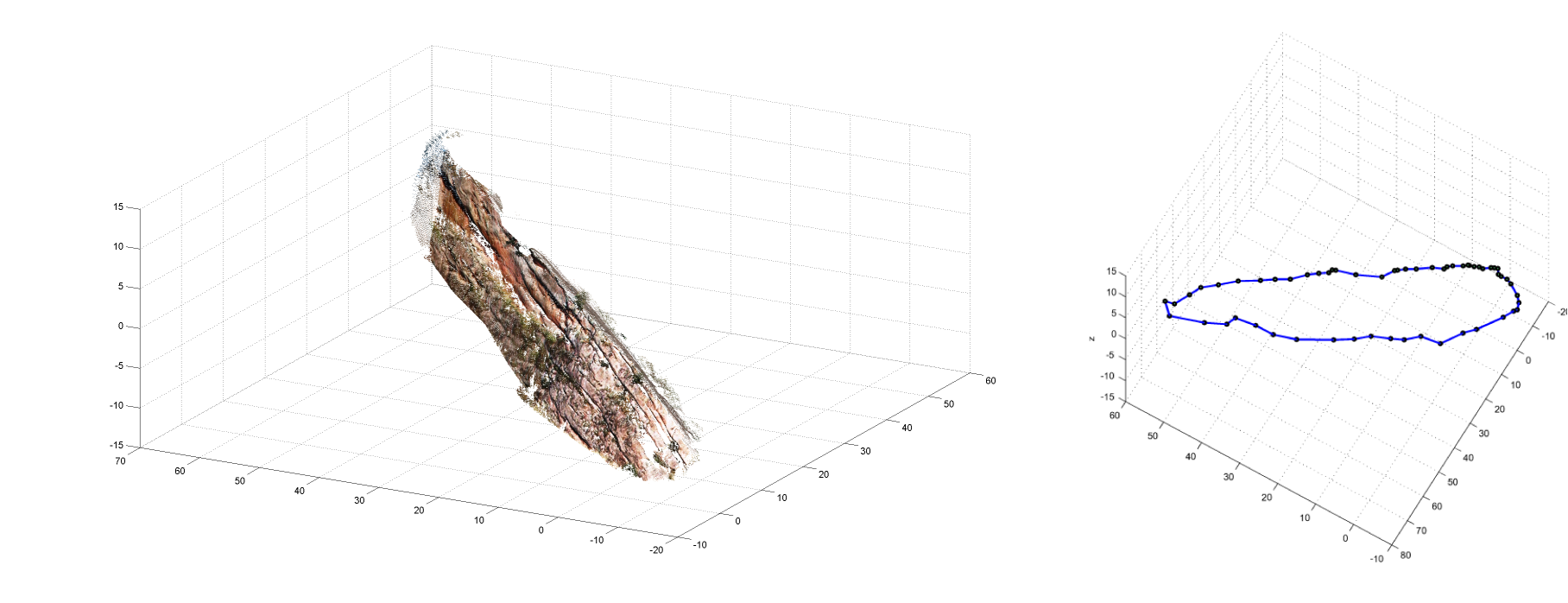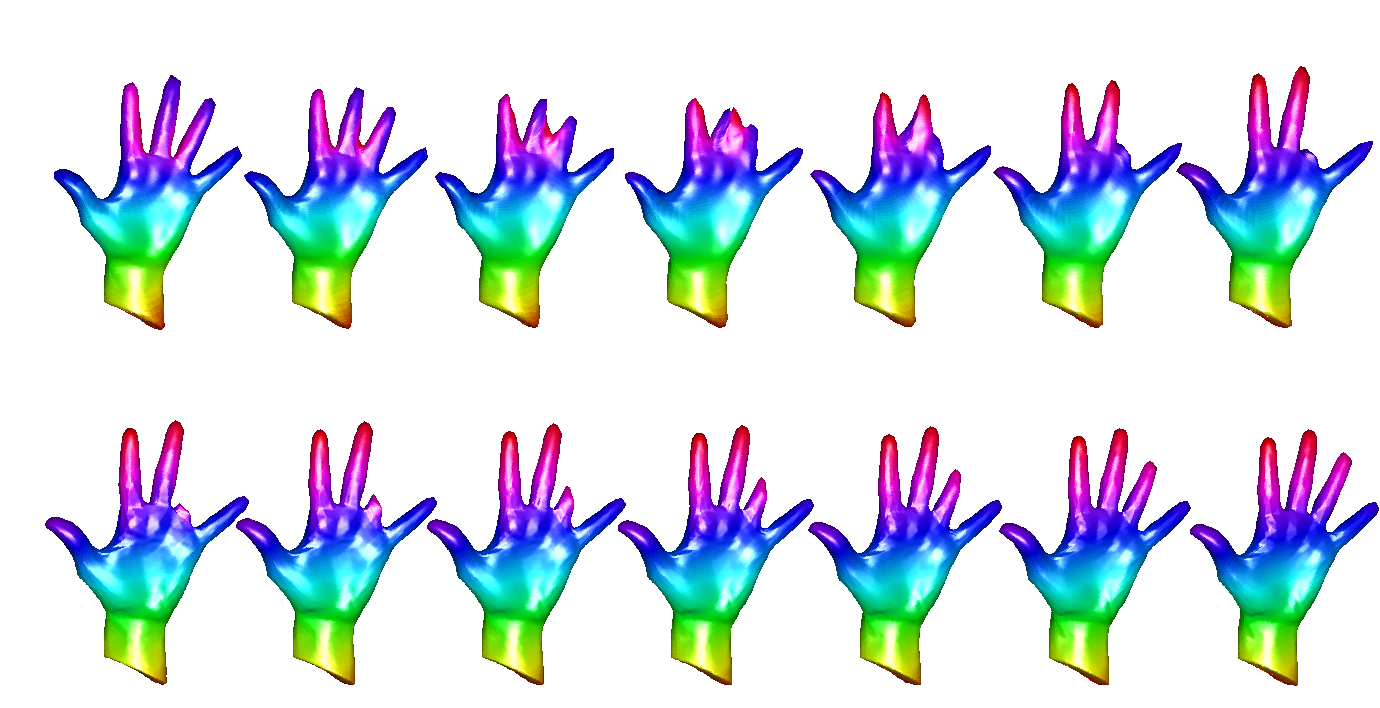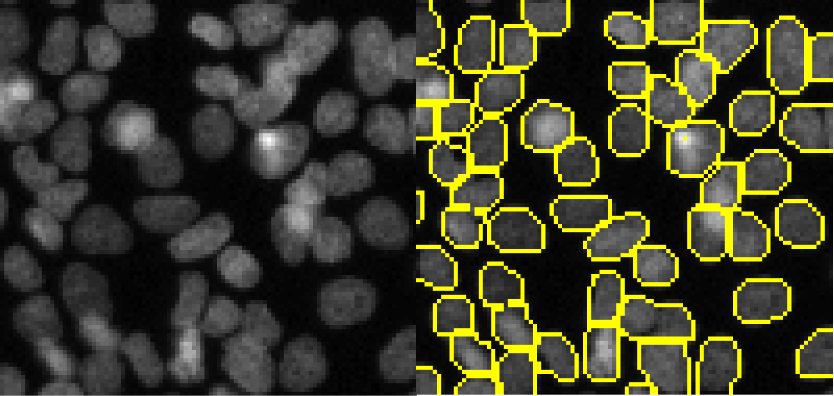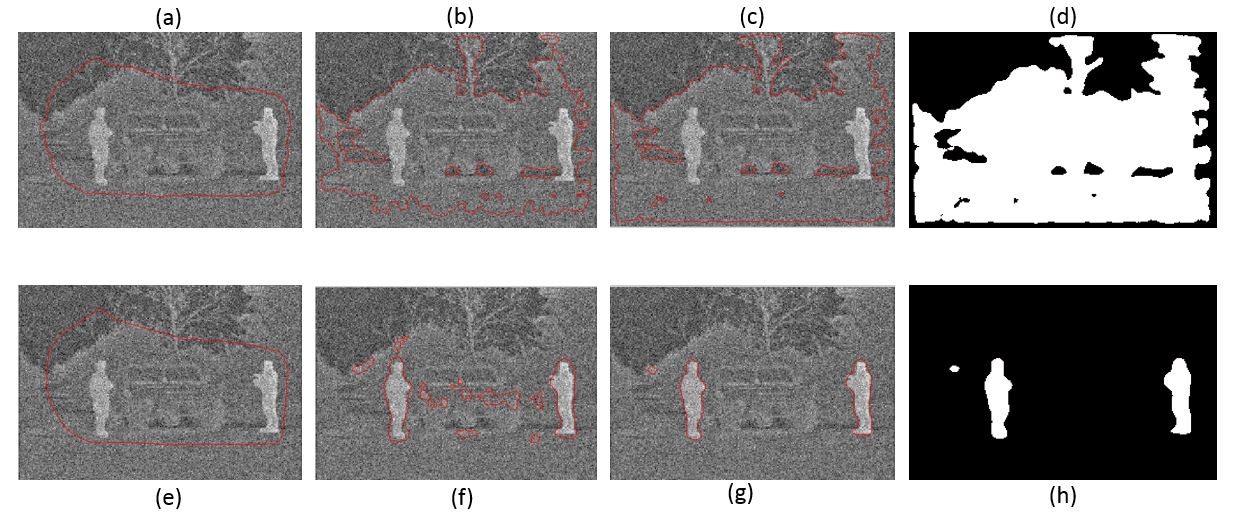Section: New Results
Shapes and contours
Shape reconstruction from lidar data
Participant : Ian Jermyn [contact] .
This work is being done in collaboration with Dr. Stuart Jones, Dr. Jochen Einbeck, and PhD student Thomai Tsiftsi of Durham University, UK [https://www.dur.ac.uk ].
sand body, petroleum, shape, submanifold,
The cross-sectional shapes of `sand bodies', ancient underground river channels filled with sediment, are of great interest in geology, and to the petroleum industry, because the shape is strongly correlated with the nature of the sediment, and in particular with its porosity, which in turn helps determine the volume fraction of crude oil contained in the sand body. The geological literature, however, only discusses simple characterizations of these shapes, and there is much room for improvement. This project aims to build probabilistic models of the cross-sectional shapes of sand bodies based on lidar point cloud data gathered from surface-projecting sand bodies by geologists in the field. Such models, when built, can be used to test the current geological classification of sand bodies, to generate new and geologically relevant classes, and to build functional models of the connection between sand body shape and oil yield.
Current work is focused on extracting reliable cross-sectional shapes from the lidar data (see Figure 7 ), a difficult task in itself since the sand bodies are frequently occluded or otherwise incomplete. Bayesian inference based on parameterized models of shape suggested by the current geological classification are used for this purpose. Since sand body shapes are concentrated near a low-dimensional submanifold of shape space, these models will later be extended using techniques such as mixtures built on principal curves, adapted to curved manifolds, in order to find and characterize this submanifold.
|
Riemannian metrics on spaces of curves and surfaces
Participant : Ian Jermyn [contact] .
This work is being done in collaboration with Prof. Anuj Srivastava of Florida State University [http://www.fsu.edu ].
Shape, Riemannian metric, elastic, curve, surface, functional data, alignment
Statistical shape modelling has many applications in image processing and beyond. One of the key problems in this area is to develop and understand measures of shape similarity. One approach uses Riemannian metrics defined on `shape space', the quotient of spaces of sphere or disc embeddings by similarities or other geometric group, and the diffeomorphism group of the sphere or disc. These metrics are defined by Riemannian metrics on the space of embeddings on which the transformation groups act by isometries, and so attention is focused on understanding such metrics and their properties.
Current work is focused on two areas. The first is on classifying and describing the diffeomorphism-invariant metrics on function spaces (shapes in one dimension) that satisfy additional desiderata useful in different applications, with particular application to function alignment. The second is on generalizing to surfaces the elastic metric much used in the case of curves, and in finding surface representations that permit analytic results to be derived, or that simplify computations, in the same way that the square root velocity representation simplifies computations involving the elastic metric on curves (see Figure 8 ).
|
Sampling methods for random field models of shape
Participant : Ian Jermyn [contact] .
Part of this work is being done in collaboration with Prof. Zoltan Kato and PhD student Csaba Molnar of the University of Szeged, Hungary [http://www.inf.u-szeged.hu/~kato/ ], and part in collaboration with PhD student Michael Racovitan of Durham University, UK [https://www.dur.ac.uk ].
Shape, long range interaction, Markov random field, phase field, contour, learning, wavelet
The detection and segmentation of objects from images is a problem with innumerable applications in many domains. Probabilistic models of shape, used as prior distributions in the inference process, are a necessity in solving any nontrivial instance of this problem. In many cases of importance, the shapes to be modelled cannot be treated efficiently, or at all, with current techniques, for example when multiple instances of an object must be segmented. The overall goal of this project is to develop a general shape modelling methodology capable of dealing with these difficult cases, as well as more traditional instances of the problem.
Recent algorithmic work has focused on developing efficient sampling methods for the models, for use in parameter and model learning. The models, whether expressed in terms of shape boundaries, phase fields, or binary fields, contain many long-range frustrated interactions, and hence are not amenable to standard techniques. Simplifications of the interaction structure using adapted wavelet bases, and re-expressions of the models using varieties of Hubbard-Stratanovich transformation are two directions being explored.
Multiple-instance object detection via a third-order active contour shape model
Participants : Ikhlef Bechar, Ian Jermyn, Josiane Zerubia [contact] .
This work was funded by the EADS Foundation [http://www.fondation.eads.com ].
Object detection, multiple objects, shape, invariance, prior, higher-order active contour (HOAC), energy minimization
Recent modelling work has focused on generalizing the higher-active contour methodology to families of shapes whose members consist of an arbitrary number of object instances, each of which is similar to a given reference shape. This means finding energies on the space of regions that possess low-energy local minima corresponding to an arbitrary number of instances of the reference shape. To this end, we have studied a family of fourth-order energy functionals on regions based on a kernel given in closed form as a function of the reference region. The energy has, amongst its global minima, regions consisting of an arbitrary number of well-separated instances of the reference shape, each under an arbitrary Euclidean transformation, thereby eliminating the need to estimate group-valued `pose' parameters. It may be combined with a likelihood energy, and the result minimized using gradient descent, speeded up by use of the Fourier domain. Although problems still remain, a series of experiments on both synthetic and real images has demonstrated the feasibility of the approach (see Figure 10 ).
|





